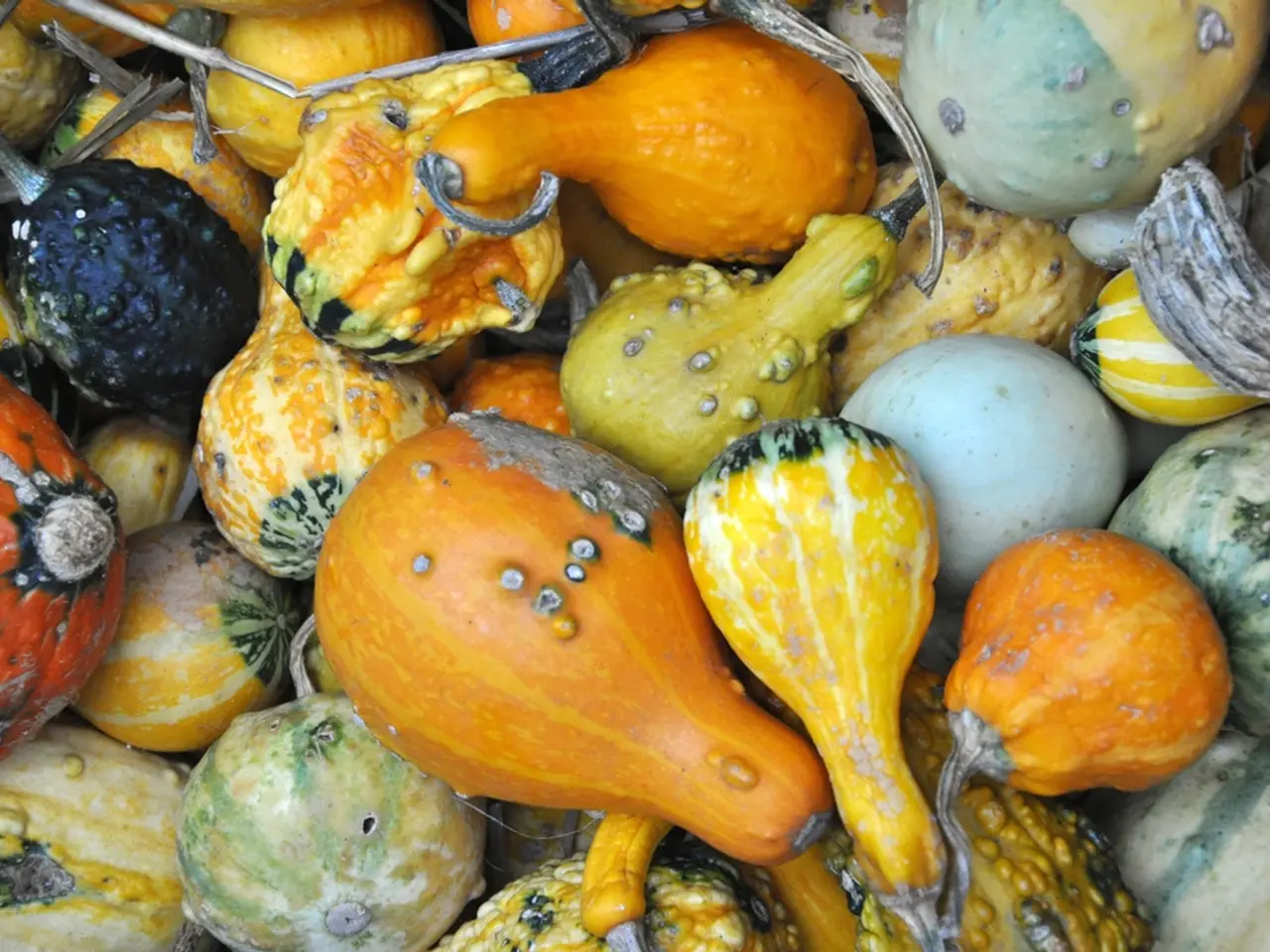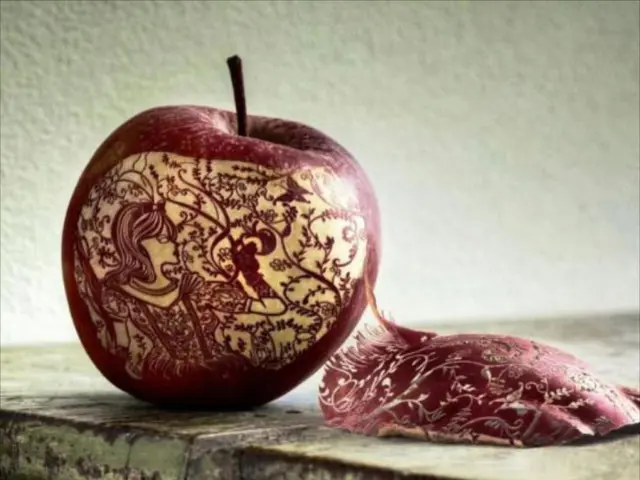Guide for Creating Naturally Dyed Easter Eggs
Looking for a fun and eco-friendly way to decorate your Easter eggs this year? You can create stunning, chemical-free egg dyes using everyday kitchen ingredients! By boiling or soaking eggs in water infused with natural color sources like vegetables, fruits, and spices, along with a small amount of white vinegar, you can achieve a variety of beautiful hues.
Here's a simple method to get you started:
Basic Natural Dye Recipe
- Combine 1 cup of water and 1–2 teaspoons of white vinegar in a pot.
- Add your desired natural dye ingredient (see list below).
- Bring the mixture to a boil, then simmer for 10-15 minutes until the water is deeply colored.
- Add 2 tablespoons of white distilled vinegar, then allow the dye to cool slightly.
- Submerge hard-boiled eggs in the dye for at least 5-15 minutes, or longer for deeper colors.
- Remove eggs and let dry.
Common Natural Dye Ingredients and Resulting Colors
| Color | Ingredients | Notes | |-------------|-----------------------------------|--------------------------------| | Red/Pink | Beets (fresh or canned), raspberries, cranberry juice, red grape juice, pomegranate juice, red onion skins (in small amounts) | Boil or soak eggs in juice or with skins | | Orange | Yellow onion skins, carrot tops, lemon/orange peel, ground turmeric | Boil with eggs or prepare dye separately | | Yellow | Turmeric, yellow onion skins, carrot tops, celery seed, ground cumin | Strong yellow color from turmeric | | Blue | Red cabbage leaves, canned blueberries, purple grape juice | Can be boiled with eggs or soaked | | Green | Spinach leaves, bright green apple peels | Boil or soak eggs | | Brown | Coffee (strong or instant), black walnut shells (boil with eggs) | Gives rich brown tones |
Layering and Combining Colors
These colors can be layered or combined for variety. For example, you could start with a red base, then dip the egg in a yellow dye for a vibrant orange effect. Using white vinegar helps the dye stick better to the eggshells.
Unique, One-of-a-Kind Eggs
The unpredictability of using natural dyes means each egg is a one-of-a-kind work of art, ready to surprise with its unique finish. Whether you opt for a deep pink beetroot hue, a stunning marble-like finish from cranberry dye, or a vibrant orange from chili powder, your Easter egg decorating experience will be as enjoyable as the final result.
Remember to refrigerate the dye bath while the eggs soak to ensure food safety. Happy dyeing!
This unique method of decorating Easter eggs using natural kitchen ingredients can also be applied to other food-and-drink related projects, making it a versatile addition to your home-and-garden lifestyle. With these recipes, not only do you create delicious-looking eggs, but you also contribute to a more eco-friendly cooking approach.







